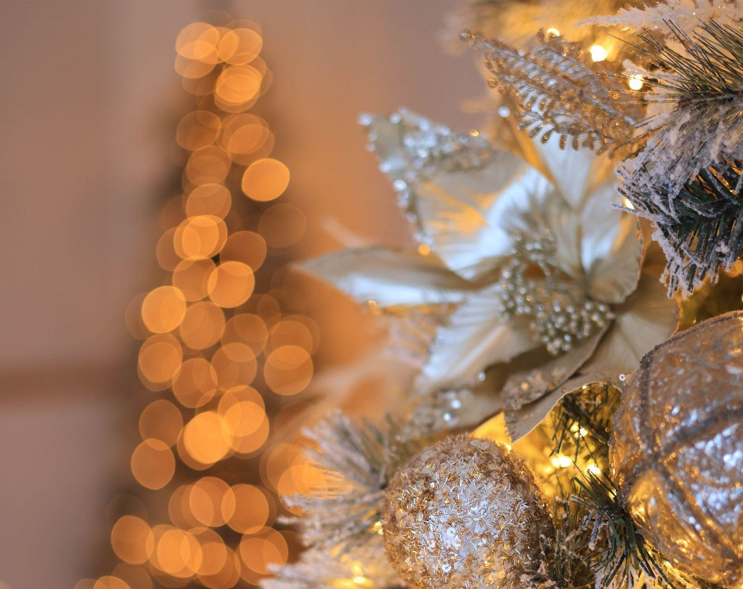The Evolution of the Christmas Tree
The history of the Christmas tree dates back centuries. The first documented use of a tree as part of Christmas celebrations was in 16th-century Germany. The tree, usually an evergreen, was adorned with candles, edible treats, and shiny ornaments.
As the tradition caught on, the trees became more extensive and taller. In the 19th century, Queen Victoria and Prince Albert, who were German, popularized the Christmas tree in England and eventually in the United States. The trees were often decorated in a Victorian style with glass, paper, and tinsel ornaments.
The first artificial Christmas tree was invented in the late 1800s. Made from goose feathers, the delicate and expensive trees were popular in Germany. However, it was in the 1930s and ’40s that artificial trees became more affordable and widely available in the United States.
The Rise of the 9-foot Artificial Christmas Tree
In the 1950s and ’60s, many American homes had 7-foot artificial Christmas trees. However, as homes became more extensive and ceilings increased, families wanted more enormous trees to fill the space. It was during this time that the 9-foot artificial Christmas tree was born.
At first, the cost of more giant trees was prohibitive for the average family. However, as manufacturing techniques improved and production costs decreased, 9-foot artificial christmas trees became more affordable. Soon, it became a popular choice for those who wanted a grand tree without the hassle of a live one.
The benefits of using an artificial tree include that it is reusable, easy to store, and doesn’t leave a mess. Additionally, those with allergies to live trees can still enjoy the holiday cheer without the sneezing and wheezing.
Today, many companies offer pre-lit and pre-decorated 9-foot artificial trees. Some have LED lights that can change colors and flash, while others have realistic-looking needles and branches.
Artificial trees are also considered more environmentally friendly as they reduce the demand for live trees that must be grown, transported, and disposed of after the holidays.
In conclusion, the 9-foot artificial Christmas tree has become a staple in many homes worldwide due to its practicality, affordability, and protective environmental benefits. Whether you prefer a live or faux tree, Christmas symbolizes hope, peace, and joy during the festive season. So, as you gather around your 9-foot artificial tree this year, take a moment to appreciate its history and the many hands that went into making it possible.
